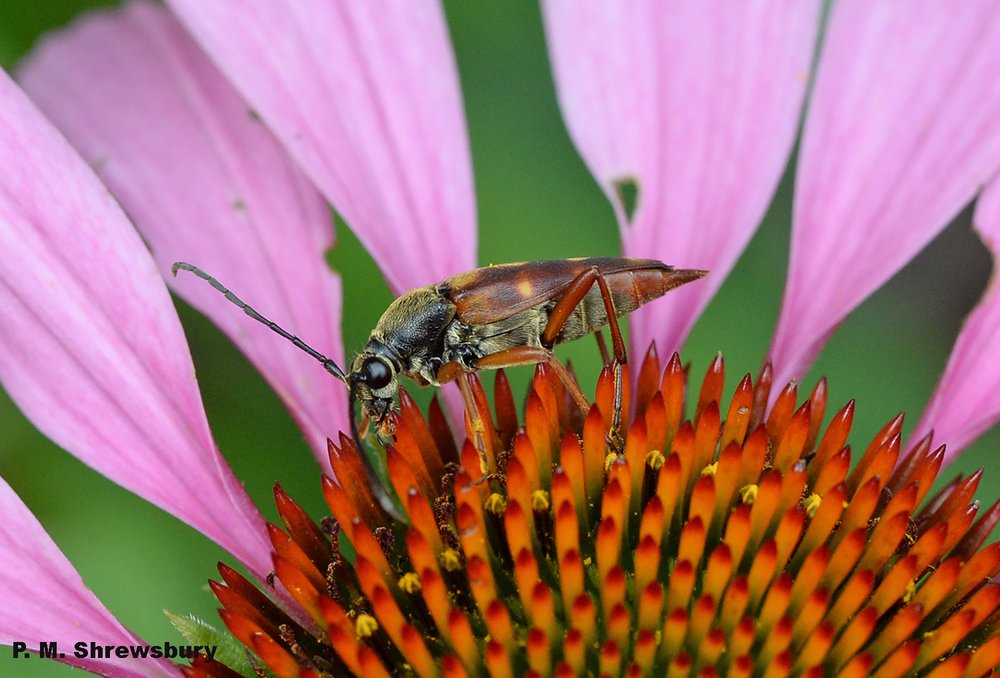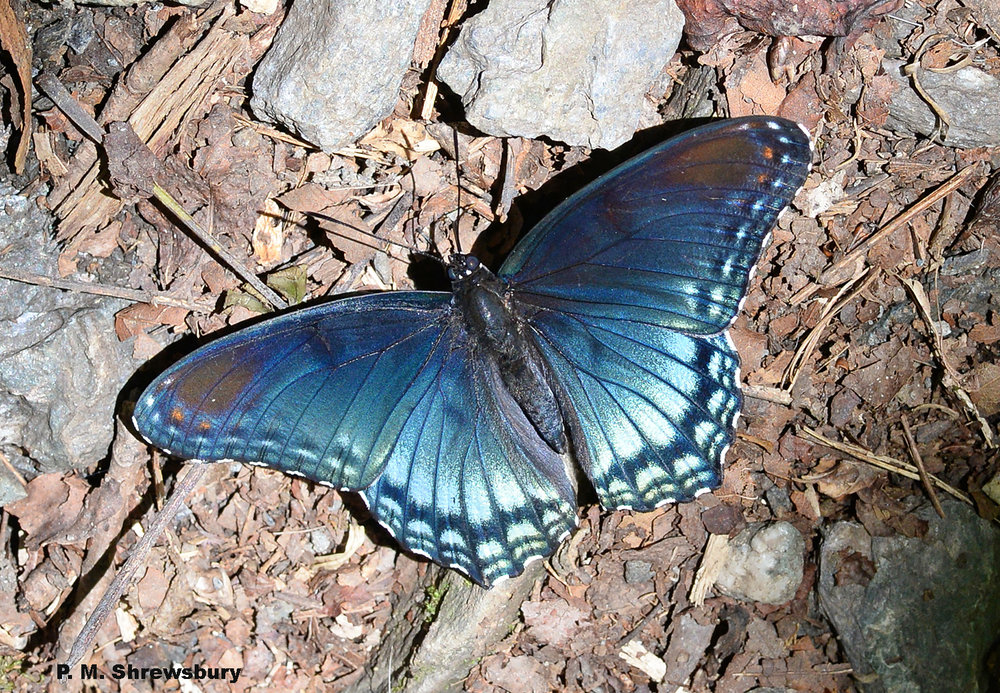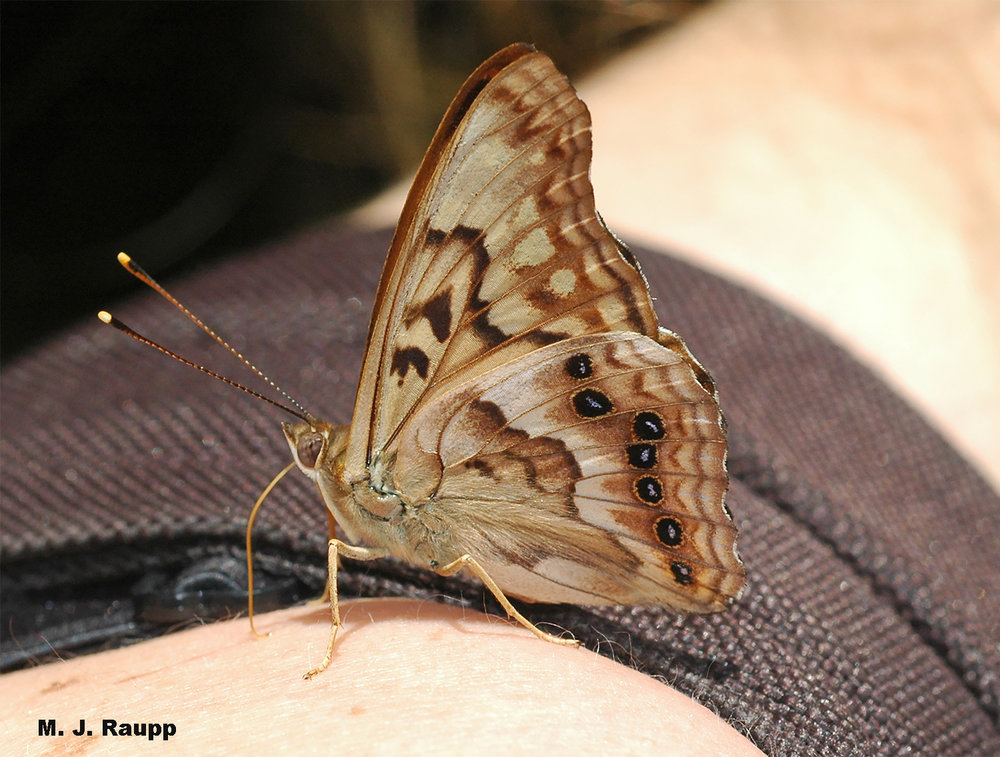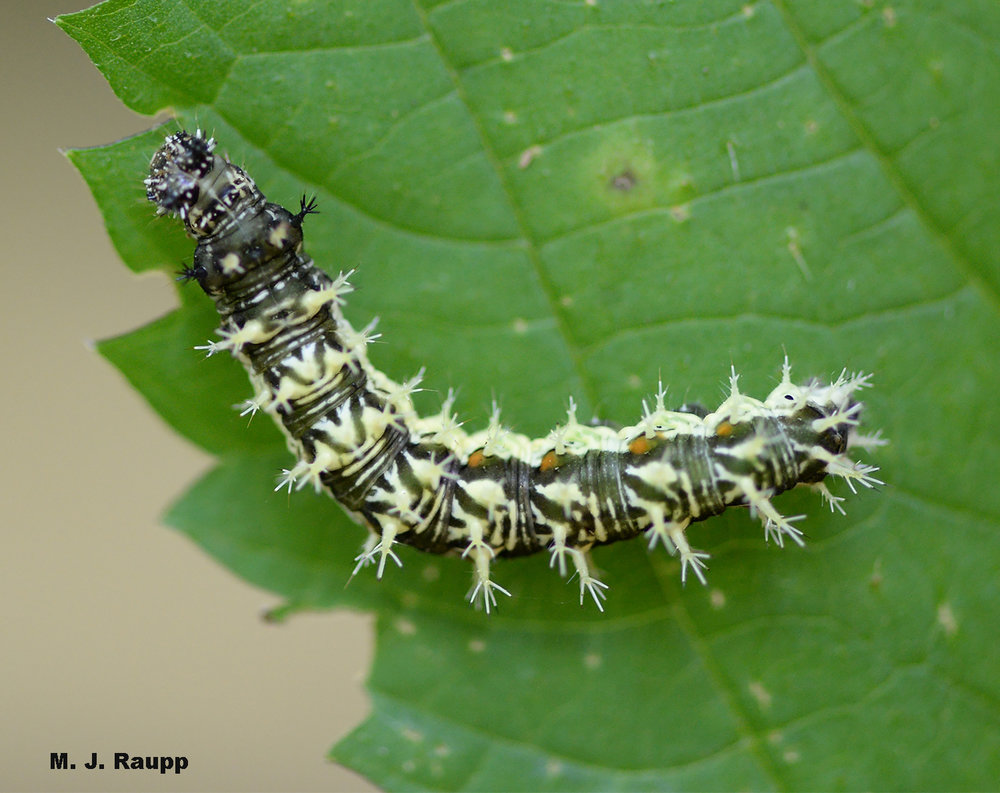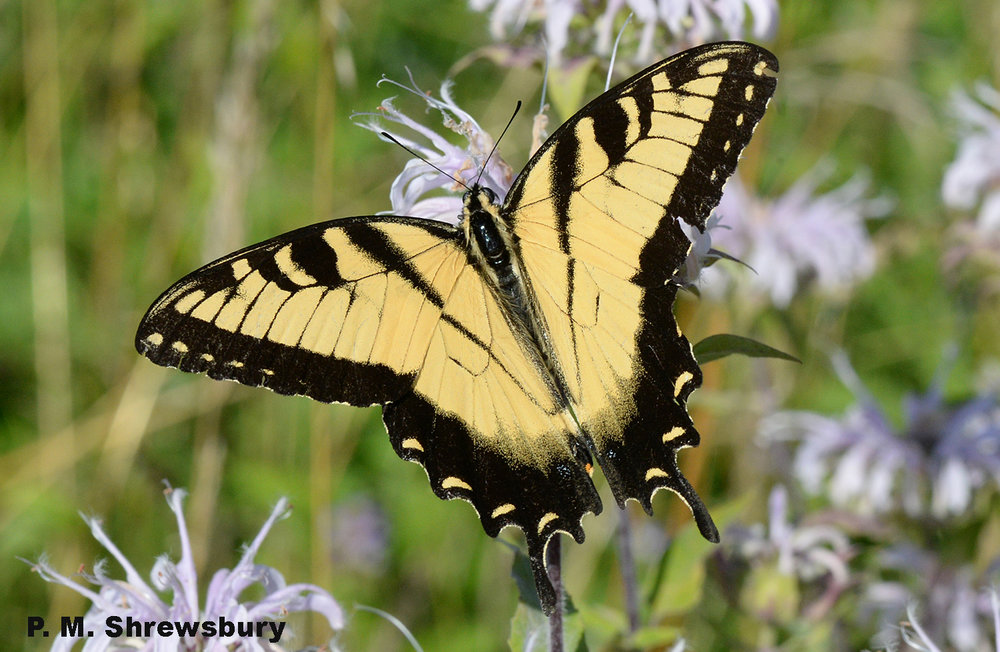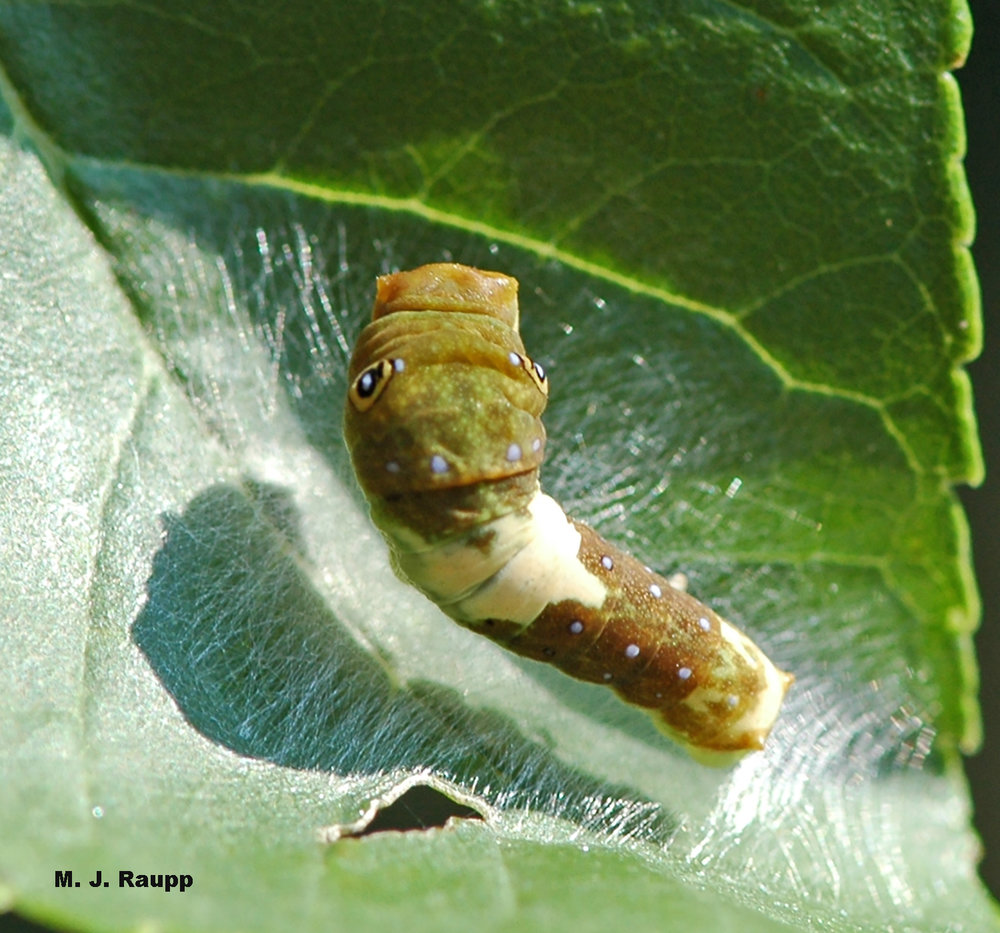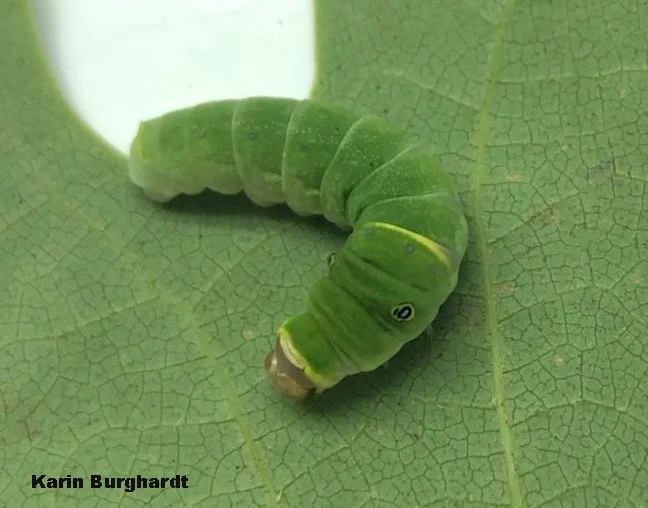Learn What Animals Eat Ticks to Help Remove Ticks from Your Yard
Ticks are blood-sucking pests that just won’t go away.
But they’re also a dangerous, evolving ectoparasite that seemingly has a new tick species to watch out for every year, making it even more difficult to prevent bites and potential health hazards.
With the recent upswing in cases of Lyme disease, and the increased tick population, it’s important to identify ways to protect yourself and your property from these blood-suckers.
We know certain animals, like field mice, have contributed to the increased and evolving tick population throughout the Northeast United States in places like New York, Massachusetts, and the rest of New England, but also across most of the country, too.
Mice carry the host bacteria for Lyme disease, which is acquired by ticks in the wild when they feed on an infected mouse.
But there hasn’t been a specific species of animal that has been effective in significantly decreasing the tick population, unfortunately.
Some animals can help limit the tick population naturally, and it’s helping people and families keep their outdoor areas at home a bit safer.
Animals That Eat Ticks
There are a large number of animals that eat ticks.
In recent years people have begun raising a few of these animals as pets on their property to lower the population and stay safe from ticks. Some other tick-eating animals aren’t raised as pets but can still be appreciated for their assistance in keeping ticks from completely taking over.
So, whether you have considered adding a few more animals to your family or you’re simply curious as to what animals eat ticks, we’ve compiled a list of some of the most common and effective natural tick exterminators.
Ants & Amphibians
If there are wetlands or a creek behind your home or business inhabited by frogs or other amphibians, it could hold some benefits for the property.
Some natural predators of ticks include ants, frogs, lizards, and other critters that prey on small insects near water. And we know how much the mosquitoes love wetlands, too, as they thrive in these areas (and find a way to take it out on us humans).
Furthermore, most of the above-mentioned predators do not exclusively feed on ticks. They occasionally eat ticks, which unfortunately will not reduce the tick population as much as we would like.
Fire ants can be effective at eliminating ticks, but they bring their own danger as they will sting and bite if they feel threatened.
It should be noted, that pests like these can lead to an ant infestation. It’s important to realize that having a few around can benefit the area when they snack on ticks, but it can be a problem if there are too many — especially if you find them in your home or office.
So, it’s a bit of give-and-take in the realm of ants, amphibians, and wetlands.
Birds That Eat Ticks
Birds such as quails, chickens, guinea fowl, and wild turkeys have been known to eat ticks.
Chickens
Chickens are a form of natural tick control because of their eating habits. They tend to eat what is in the grass, which is where ticks primarily reside.
But they also have to get around the property to be most effective.
If chickens are restricted to a coop or a small area, their tick control will be less effective. The best way for chickens to eat ticks is if they can roam free on the property.
Unfortunately, this could also result in damage to your property if the chickens begin to scratch and destruct your garden and landscaping. Roosters have been known to get aggressive at times, too, especially as they get older.
Guineafowl
Guineafowl are birds that are native to Africa but have become an accepted pet-like poultry in the United States.
They have a natural pest and tick control ability because they feed on insects, including ticks. Guineafowl roam as a pack in grassy areas and will eat together in one area, which works well for deer tick control.
Because of this, guineafowl are typically better at tick control than chickens.
Many people will also use chickens and guineafowl as a form of tick control because the birds get along well.
Wild Turkeys
Wild turkeys have been thought of as a potential tick predator because they enjoy eating small, crawling insects.
And since they have an expansive pallet, wild turkeys eat pretty much anything, including ticks.
Most importantly, though, is the fact that, while turkeys and other birds that eat ticks enjoy making a meal of the pest, it is unfortunately not enough to eliminate the population in your yard or property effectively.
Do Opossums Eat Ticks?
Surprisingly, opossums eat a high number of ticks compared to other animals that prey on them.
So much so that the grooming habits of opossums acts like a vacuum cleaner for the ticks that latch onto them. These marsupials groom themselves regularly, much like a cat. And it helps feed them.
Opossums can eat up to 5,000 ticks in one week and are extremely efficient when it comes to foraging for and eliminating ticks.
Benefits of Professional Tick Control
Unfortunately, none of these animals have a tick-only diet and aren’t a likely one-off solution for a tick issue.
The most effective form of tick control and infestation elimination comes from licensed and experienced pest control technicians that use high-quality and eco-friendly elimination products that will significantly decrease the pest population but also keep your family and property safe in the meantime.
Catseye Pest Control understands that a tick infestation can leave you with a less-than-safe feeling. It is our mission to restore your peace of mind.
We do that with our Organic Tick & Mosquito Control treatment service safely kills the ticks on your property while also creating a barrier to prevent ticks from entering your lawn or home in the future.
Catseye’s process to preventing ticks from taking over property includes:
- Beginning with a free, detailed pest inspection of the home/business and property. During this time, we can provide helpful tips to prevent further tick infestations and tick exposure.
- Applying a fogging application that will eliminate the tick population found on your property. This application acts as a barrier for wooded areas surrounding the property. This solution is safe for the environment, while providing a thorough treatment that will eliminate ticks.
If you are dealing with a tick infestation in your yard, it is likely that you will find ticks on your body or in your pet’s fur when you go inside.
Once a tick infestation has made its way indoors, it can be a nightmare for homeowners and business owners.
Contacting our pest management professionals can help alleviate a tick problem safely and efficiently.
Trained and licensed pest technicians will do a full inspection to identify areas where pest activity is high and walk you through the possible solutions to your pest problems.
